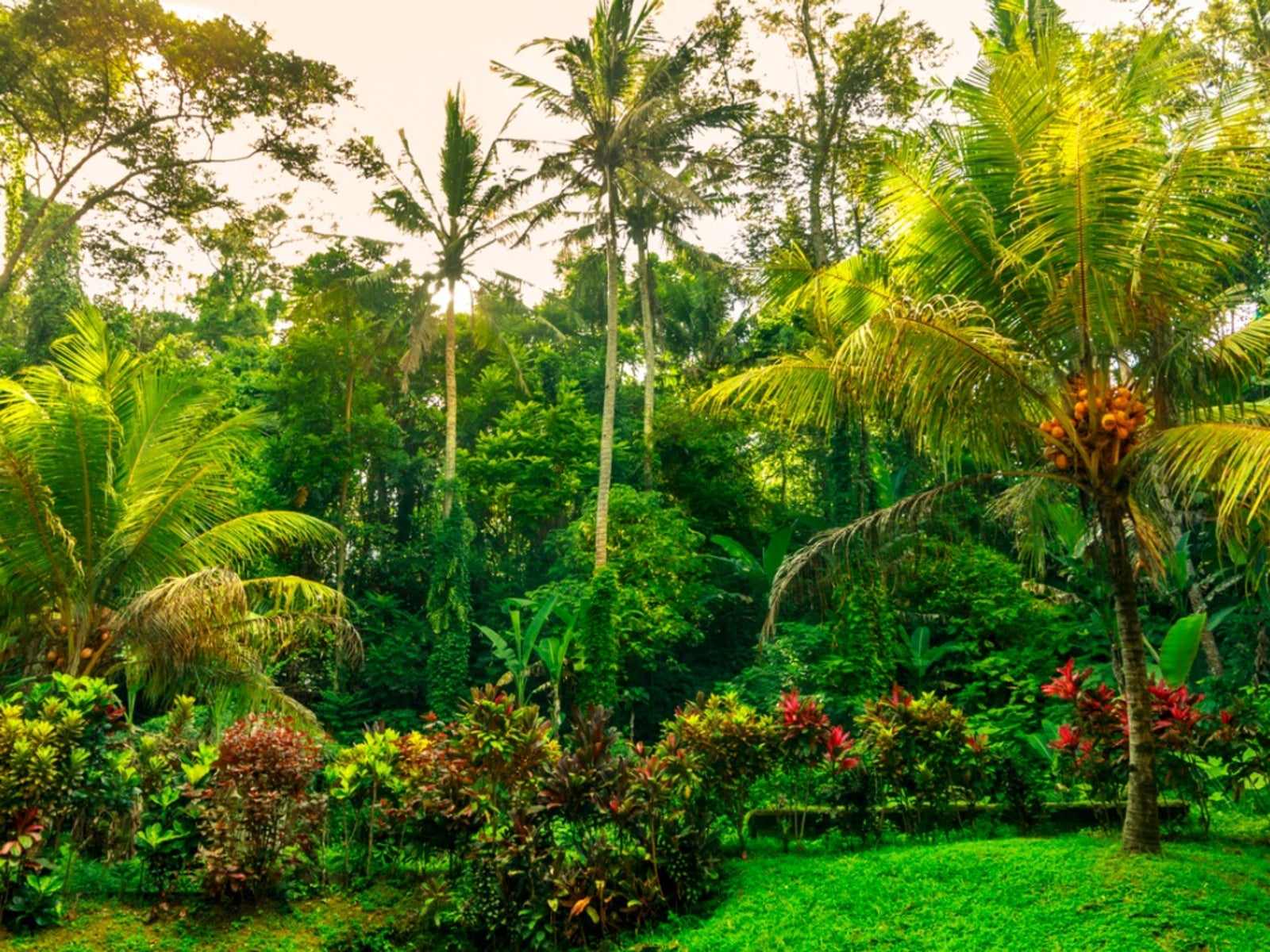Creating An Exotic Jungle Garden


Got a tangled mess in your backyard and not sure what you want to do with it? Perhaps you want something exotic on the patio or in the home. Then consider growing an exotic jungle garden. With a little creativity and a few jungle-like plants, you can easily transform a messy landscape or empty niche into a tropical paradise. Best of all, you don't need to live in the tropics in order to enjoy these exotic environments. You don't need to be an expert in growing tropical plants either. All you need to create a lush, tropical oasis is rich, well-drained soil, a sunny location, and a few basic guidelines.
Choosing Tropical Plants
Most people are apprehensive when it comes to growing tropical plants because of their exotic appearance and hot, humid origins. While these plants may seem impossible to grow outside of a tropical rainforest, they are not. Some of the most commonly seen plants found growing in the jungle will also thrive in temperate regions. These can include:
Becoming familiar with the basic guidelines for growing these tropical-like plants is the first step when creating an exotic jungle garden.
Creating an Exotic Jungle Garden
Important factors to take into consideration are good soil preparation and closely packed foliage plantings. Whether growing them in containers or out in the backyard, the soil should be well drained and rich in organic matter. Working compost into the soil will accomplish this. Once the soil has been thoroughly prepared, you're ready to set the stage for your exotic jungle. Remember, the purpose is to achieve a tropical atmosphere. Within a jungle environment, emphasis is often placed on non-woody vegetation, therefore, you'll want to focus on using a variety of foliage plants consisting of different colors, forms, and textures. Plants with striking foliage will add dimension while those having dramatic blooms will provide additional interest to the exotic jungle garden. Choose and plant the taller varieties first such as palm trees, bananas, and bamboo. These taller plants will not only serve as focal points within the garden but will also provide much needed shade for smaller understory plantings. Evergreen shrubs can be placed next along with understory plants like:
Climbing plants such as the trumpet vine or passionflower will enhance the garden's tropical effect as well, however, avoid planting varieties that could eventually overtake the garden or invade the surrounding landscape.
Caring for Jungle Gardens
Once established, the exotic jungle garden should not require much care other than watering. There's no need for extensive pruning or weeding. Allow your jungle garden to remain as natural looking as possible. However, applying a suitable layer of mulch will help retain moisture and keep any weeds down. It is also a good source of nutrients for your plants. Winter protection may be needed for colder climates, therefore, you may want to consider implementing containers into the outside garden for less-hardy plant varieties such as bananas. These tropical beauties, as well as many others, have no problem adjusting to a potted environment. Containers also provide an interesting alternative to anyone lacking adequate space for growing an exotic outdoor jungle garden. By filling up a large container, or even a group of numerous sized pots with various foliage plants, it's still possible to bring a touch of the jungle to small areas such as patios or balconies. Don't be afraid to experiment, this is your jungle paradise. Design this exotic garden to fit your individual tastes and requirements.
Sign up for the Gardening Know How newsletter today and receive a free copy of our e-book "How to Grow Delicious Tomatoes".

Heather Rhoades founded Gardening Know How in 2007. She holds degrees from Cleveland State University and Northern Kentucky University. She is an avid gardener with a passion for community, and is a recipient of the Master Gardeners of Ohio Lifetime Achievement Award.